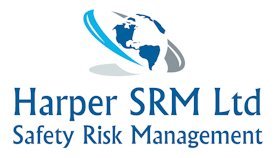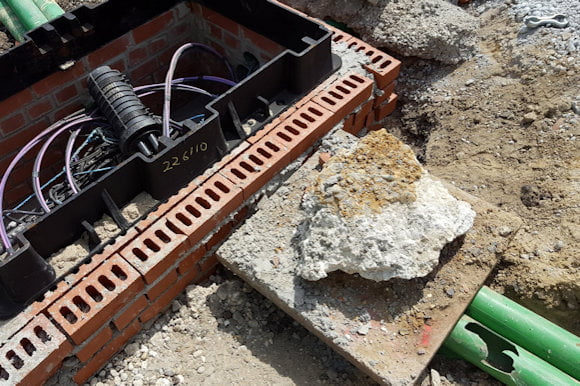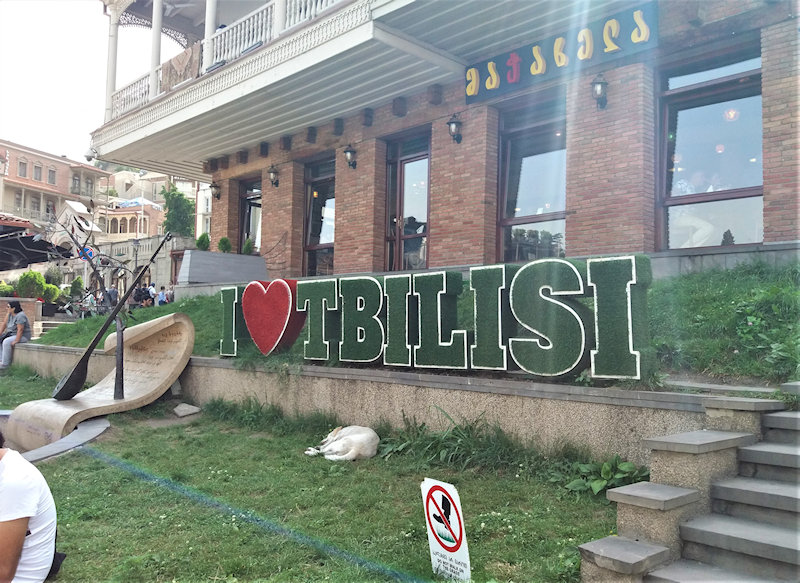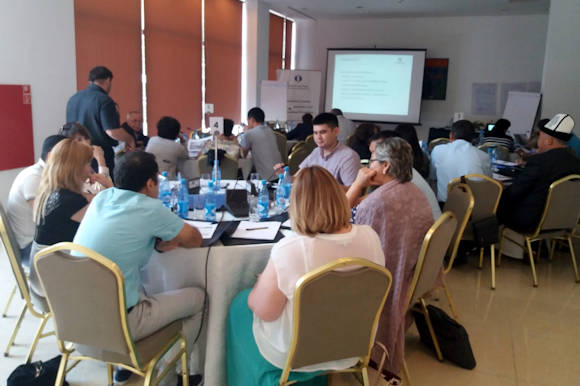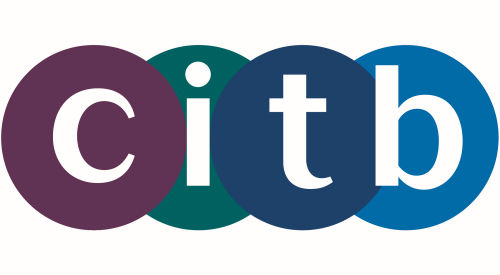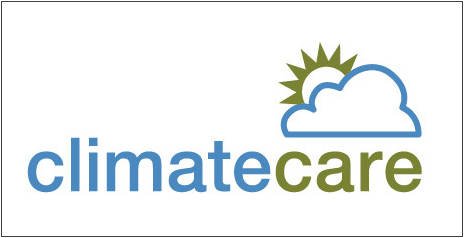The Issue:
Rising accidents and ill health
The client was a contractor with a rising accident and ill health record. Despite their efforts they always felt under pressure and on the back foot and could not see a way to move forward and working with their insurers engaged HSRM to assist in providing an external review of their company.
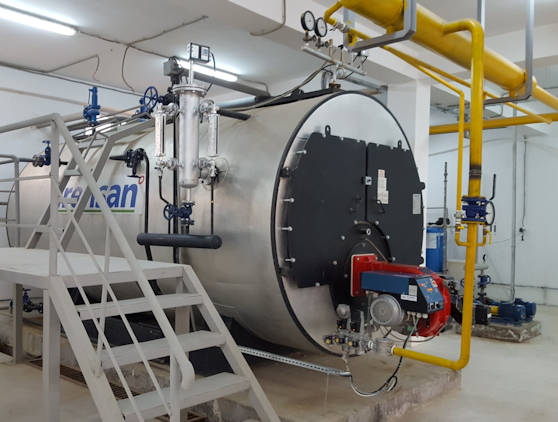
The HSRM Method:
HSRM identified that the company suffered excessively from clients demanding disproportionate responses to minor incidents and accidents. This had resulted in a reactive management system that was effectively removing the ability of the company to manage themselves. HSRM carried out a risk profiling exercise of the company. This involved assessing the level and quality of hazards in the workplace and identifying the risk control measures deployed to combat the hazards identified. The review covered every aspect of the company’s business management systems and structures and identified 15 threats not managed at all and 22 minimal threats with disproportionate effort with the company strategy geared towards low frequency low effect events.
The final report made 14 recommendations and was able to benchmark the company against other companies within the same industry and against other companies in differing industries who were considered as high performing companies.
As well as making recommendations the review also included prioritization of risks, this reduced the number of initiatives that were taking place within the company and releasing more resources providing savings efficiencies and allowing more focus on programmes that provided more benefits that in turn reduced the company’s accident, incident and ill health frequency rates.
The implementation of the recommendations was discussed at board level and an implementation plan was facilitated and implemented by the company. HSRM supported the process of implementation with a number of cultural and leadership workshops which aided the delivery of the programme ahead of schedule.
The Client Benefits:
This made it easier to demonstrate to clients a structured, controlled and robust risk management structure that provided them with more confidence and provided more leverage with stakeholders with an interest in the company’s risk management performance.
Going forward the company are continually benchmarking their performance against other higher performing organisations in differing industries rather than continuing to benchmark themselves against similar industry standards.
